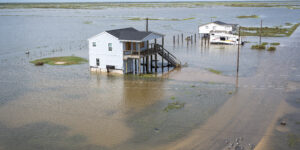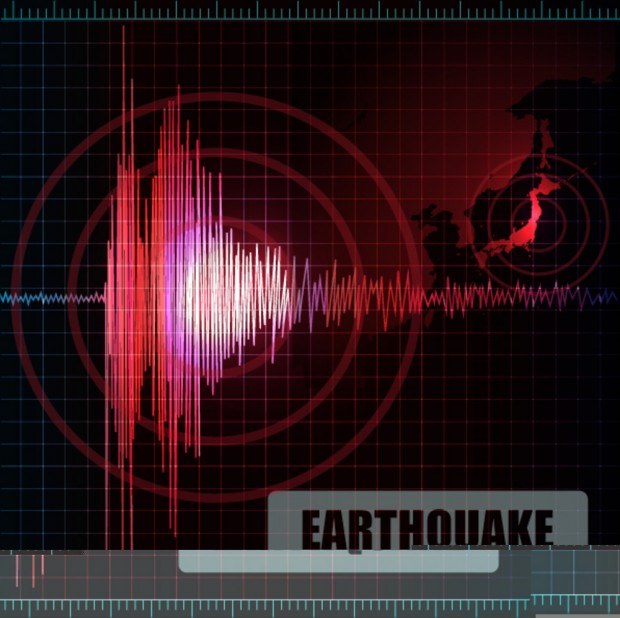An earthquake warning system that has been under development in California worked during this week’s light but widely felt temblor, scientists said Wednesday.
The prototype system gave 35 seconds of notice to seismologists in Pasadena about incoming seismic waves from Monday’s magnitude-4.7 quake centered in the desert in Riverside County, said U.S. Geological Survey geophysicist Doug Given, who heads the early warning effort.
The small quake shook a wide swath of Southern California, but did not cause serious damage.
For the past several years, scientists have received alerts on their computers notifying them of quakes that occurred. The system does not predict earthquakes. Rather, it detects the first pulses of energy after a fault ruptures, estimates the magnitude and fires off an alert before slower-moving but more damaging waves are detected.
The warnings are not broadcast to the public because the system is still in beta testing.
While several seconds may not sound like much time, early warning proponents say it’s enough notice for trains to stop, utilities to shut off systems or children to duck under their desks.
The U.S. has lagged behind nations like Japan and Mexico in implementing a public warning system due to lack of funding.
Earlier this year, state Sen. Alex Padilla introduced a bill to build an $80 million statewide quake warning system. Scientists estimated they would need to upgrade 400 monitoring stations and add 200 new ones to make the current system more reliable before sending alerts to residents.





















 The Hardest Part of Innovation in Insurance Isn’t Technology; It’s Culture
The Hardest Part of Innovation in Insurance Isn’t Technology; It’s Culture  Executives on the Move at HSB, American Modern Insurance Group, AIG
Executives on the Move at HSB, American Modern Insurance Group, AIG  The Future of Knowledge in Insurance: From Training to AI-Powered Productivity
The Future of Knowledge in Insurance: From Training to AI-Powered Productivity  Examining 5 Key Factors Fueling MGA Growth—and Emerging Challenges Ahead
Examining 5 Key Factors Fueling MGA Growth—and Emerging Challenges Ahead 




